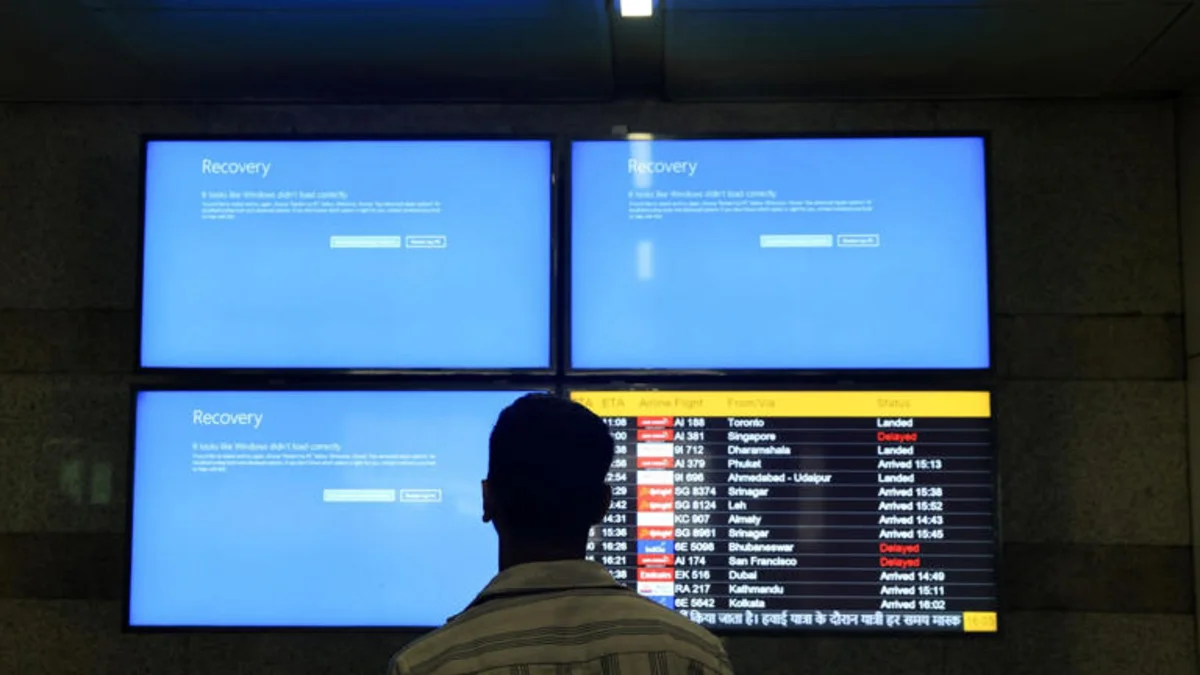Looming digital doomsday makes CrowdStrike meltdown look like child’s play

22nd July 2024
The advent of quantum computing, once a distant theoretical possibility, now poses a significant threat to digital security. MIT mathematician Peter Shor’s algorithm, developed thirty years ago, suggested that powerful quantum computers could eventually crack most of the world’s cryptographic codes, potentially compromising bank accounts, digital records, and asset ownership. Companies like IBM are advancing rapidly in quantum computing technology, predicting the development of computers with over 1,000 qubits by the end of the year. This has spurred a race to develop quantum-proof cryptographic algorithms, known as Post-Quantum Cryptography (PQC), to safeguard our digital infrastructure against the looming threat of quantum-powered cyberattacks.
Despite the risks, quantum computing also holds immense potential for breakthroughs in fields like medicine, materials science, and data analysis. The American National Institute of Standards and Technology (NIST) is preparing to publish the first batch of quantum-proof cryptographic algorithms, marking a significant milestone in securing digital protocols against future quantum decryption capabilities. However, implementing these new algorithms is a complex task, given their deep integration into existing digital systems. As the quantum revolution approaches, the urgency to transition to quantum-resistant cryptography grows, highlighting the need for immediate and sustained action to protect our digital world.
22nd July 2024
